Famous Native American Chiefs in Jeopardy! Clues
Here are some of the most famous Native American Chiefs, listed by century, then in alphabetical order by tribe. All of them have shown up in Jeopardy! clues.
17TH CENTURY
Mohegan / Connecticut
• Uncas (1588–1683) The real-life Uncas was born in present-day Connecticut, the son of the Mohegan sachem Owaneco. Uncas, one form of the Mohegan term Wonkus, means “Fox”.
FICTIONAL INDIANS ($200) Though there was an historic Uncas, this author’s fictional Uncas wasn’t like him at all
Powhatan Confederacy / Virginia
• Powhatan (1545–1618) Leader of the Powhatan Confederacy in present-day Virginia, his proper name was Wahunsenacawh (among various spellings). He was the father of Pocahontas.
AMERICAN INDIANS $800: When this chief, Pocahontas’ father, died in 1618, he was succeeded by his brother Opitchapam
• Opechancanough (1554–1646) Younger brother of Powhatan, he was top chief of the Powhatan Confederacy from 1618 until his death.
AMERICAN HISTORY $200: After he led 2 Indian uprisings in this colony, Opechancanough was killed in Jamestown in 1644
Wampanoag / Massachusetts
• Metacomet (King Philip) (1638–1676) Wampanoag chief, second son of Chief Massasoit. Metacomet became sachem in 1662 when his brother Wamsutta (King Alexander) died.
COLONIAL AMERICA $1000: The war named for this Wampanoag Indian chief ended in 1676
18TH CENTURY
Mohawk / New York
• Joseph Brant (1743–1807)
MEN’S HAIRSTYLES $800: In 1786, Gilbert Stuart painted Chief Joseph Brant, who was–go figure–head of this tribe
Ottawa / No. Michigan, SE Ontario, SW Quebec
• Pontiac or Obwaandi’eyaag (c. 1720–1769), Ottawa war chief known for his role in the war named for him
NATIVE AMERICANS $800: You auto know this chief of the Ottawa who fought against the British settlements in the 1760s
Shawnee / Great Lakes Region
• Tecumseh (1768–1813) Shawnee warrior who sought to unite Native Americans against the United States encroaching on Native American territories. Tecumseh sided with the British in the War of 1812 and was killed at the Battle of the Thames
NATIVE AMERICAN HISTORY $2000: Brother to “The Prophet”, this Shawnee leader organized 18th c. Native American resistance in Ohio & Indiana
19TH CENTURY
Apache / Arizona, New Mexico
• Mangas Coloradas (1793–1863) powerful Apache leader, father-in-law of Cochise
12-07 WORLD BOOK DESCRIBES THE “G” MAN $800: “Served under the Apache leaders Cochise and Mangas Coloradas… in 1894, he was moved to Fort Sill
• Cochise (1805–1874) Chiricahua Apache leader and warrior, fought many battles against American and Mexican intrusions
AMERICAN INDIANS ($1000) This chief once called “The Apache Napoleon” died in the Arizona territory in 1874
• Geronimo (1829–1909) Chiricahua Apache leader and warrior
INDIANS $600: According to William Brandon, this Chiricahua leader’s name was spelled & pronounced with an “H”
Cherokee / Southeastern Woodlands
• John Ross (1790–1866) was actually 1/8th Cherokee. He was the longest serving Principal Chief of the Cherokee Nation
HISTORIC AMERICANS $300: In the 1830s John Ross, a chief of this tribe, unwillingly led his people on the Trail of Tears
Nez Percé / Pacific Northwest
• Chief Joseph (1840-1904) was one of the most famous Nez Percé tribe leaders. The valiant stand of his people under his leadership against forcible removal to a reservation garnered nationwide admiration.
THE WILD WEST $400: Along with Chief Joseph, Looking Glass was a leader of this Indian tribe
Sioux
• Spotted Tail (c. 1823–1881) Brulé Lakota warrior who advocated peace after he became convinced that it was the only way to preserve the rights of his tribe.
SURRENDERS $1000: His uncle, Spotted Tail, convinced this Oglala Sioux warrior to surrender in 1877
• Crazy Horse (c. 1840–1877) Oglala Lakota tribe
The son of a medicine man, Crazy Horse was a full-fledged warrior by the time he was in his teens. On June 17, 1876, As an adult, Crazy Horse was a formidable leader. His name was connected to major battles fought against U.S. Army, including the 1876 Battles of the Rosebud and Little Bighorn.
NATIVE AMERICANS $1600: Ta-sunko-witko is the Sioux name of this Oglala chief who joined with Sitting Bull to defeat Custer & his men
• Sitting Bull (1831–1890) Hunkpapa Lakota holy man & leader
Sitting Bull was known as a “non-treaty Indian” for his refusal to honor treaties signed by other Lakota leaders. Sitting Bull gained considerable fame after the 1876 annihilation of Custer’s 7th Cavalry, although he did not fight in the battle himself. Read more
A BUNCH OF “S.B.” $800: Years after Little Big Horn, this Sioux chief joined Buffalo Bill’s Wild West show
Here’s a clue that covered 4 different chiefs from 4 different tribes:
INDIANS $200: In the names of famous Chiefs this color preceded Cloud, Eagle, Jacket & Wing
• Red Cloud (1822–1909) Sioux (Oglala Lakota) / the Dakotas
• William “Red Eagle” Weatherford (c. 1750–1830) Muscokee Creek / Oklahoma
• Red Jacket (1750–1830) Seneca / New York
• Red Wing (c. 1755–1829), Sioux (Dakota) / Minnesota
More Native American tribes in Jeopardy! clues:
“PO”POURRI $800: Named for a Bannock Indian chief, it’s home to Idaho State University
WHAT A COINKYDINK $1000: Lewis & Clark needed Shoshone horses & luckily ran into Cameahwait, this person’s long-lost brother
“SHO” TIME $1200: Native American tribe of Idaho & Wyoming
ANSWERS: show
We may earn a small commission from qualifying purchases made from Amazon.com links at no cost to our visitors. Learn more: Affiliate Disclosure.


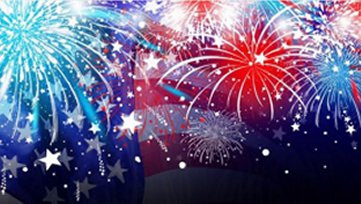
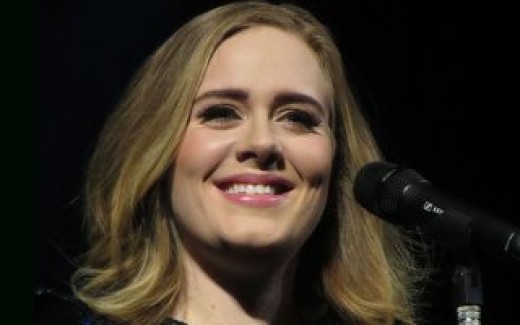
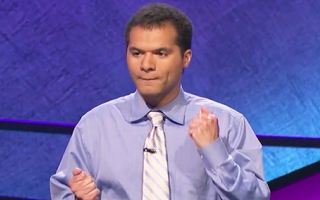
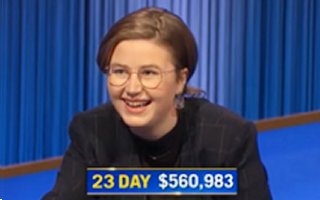

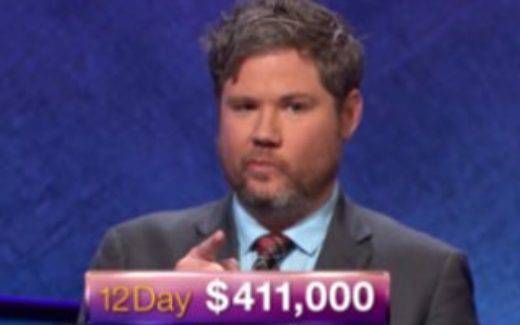

Recent Comments